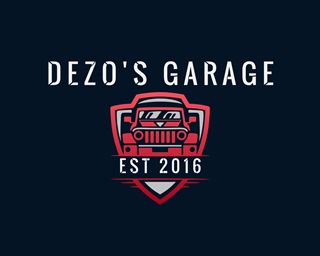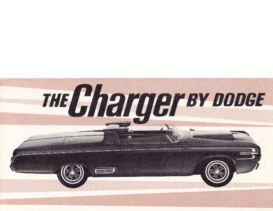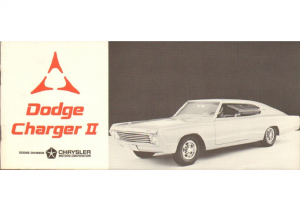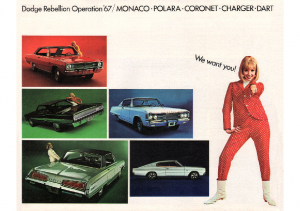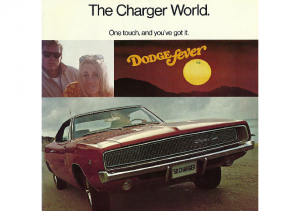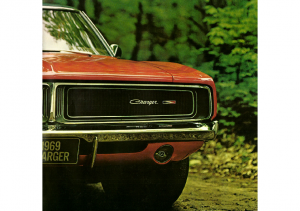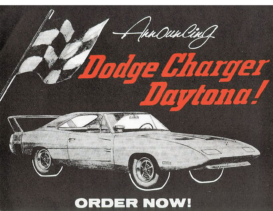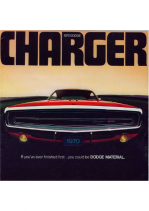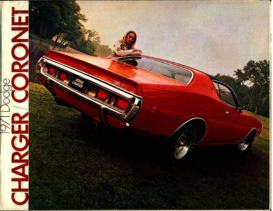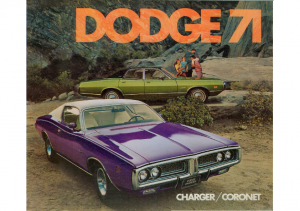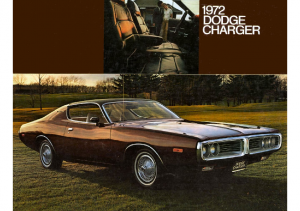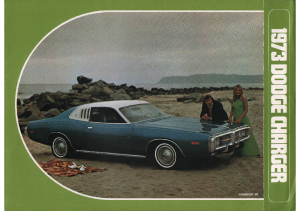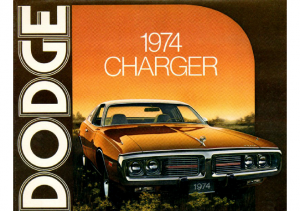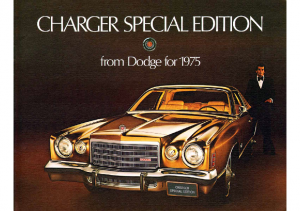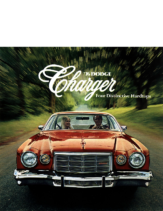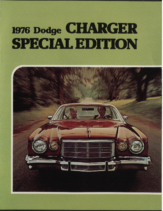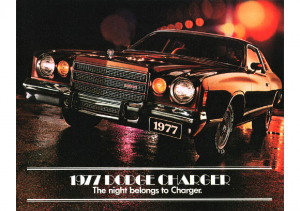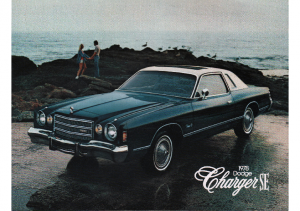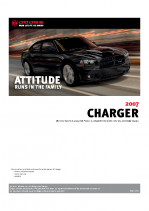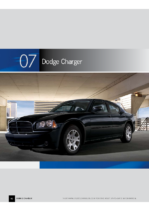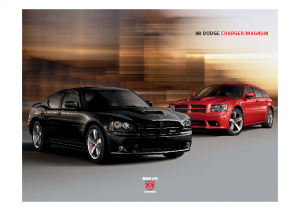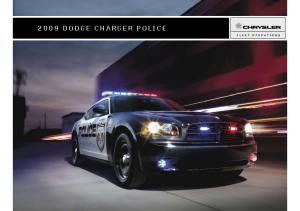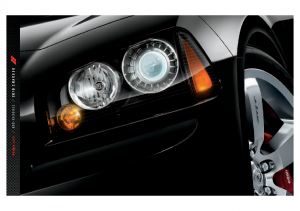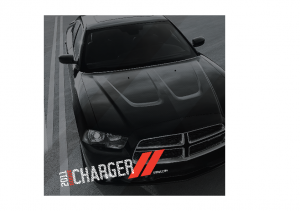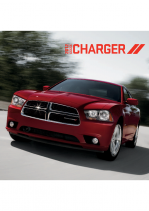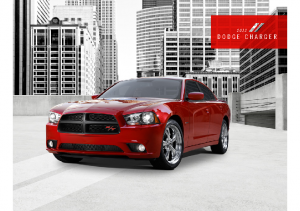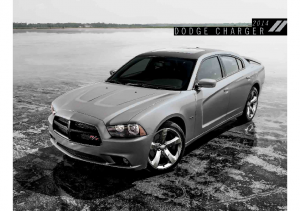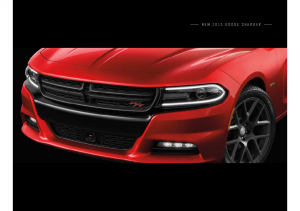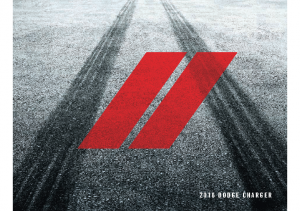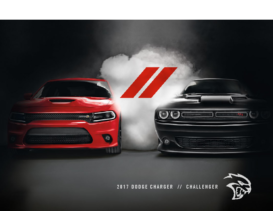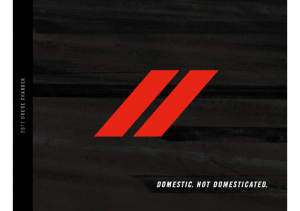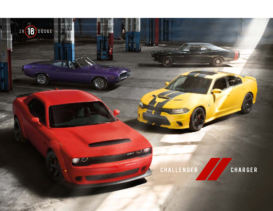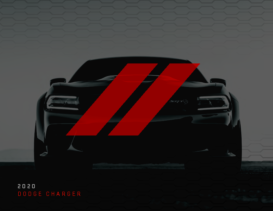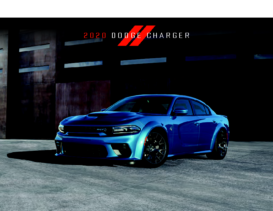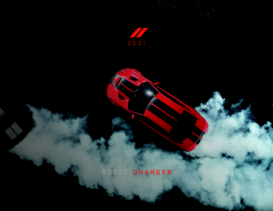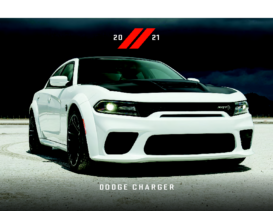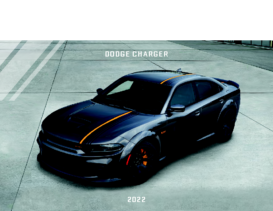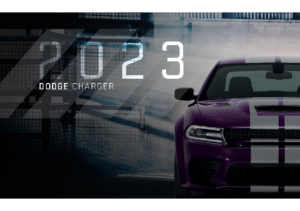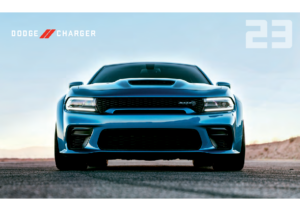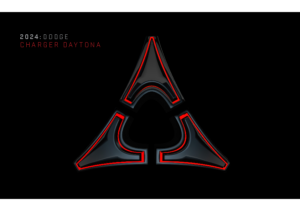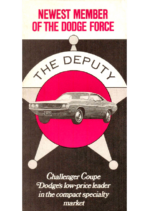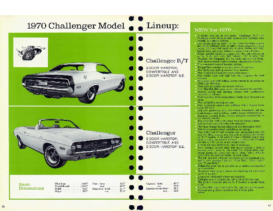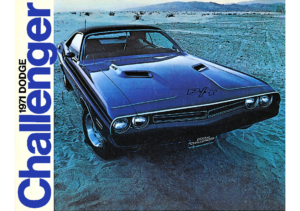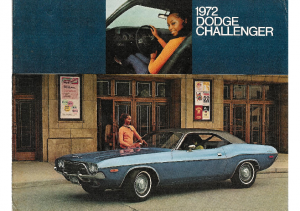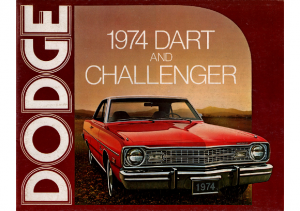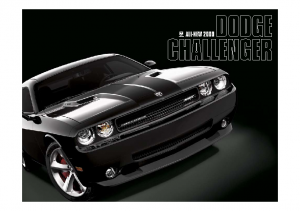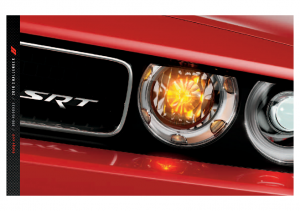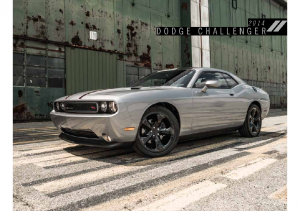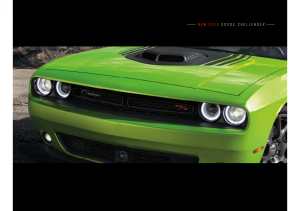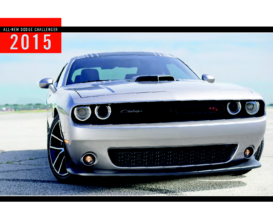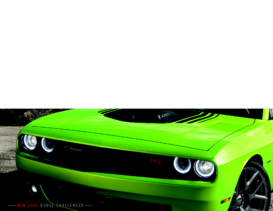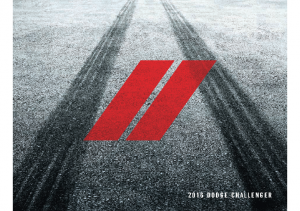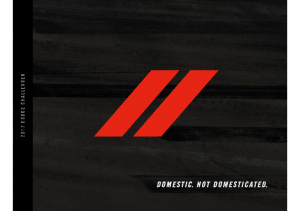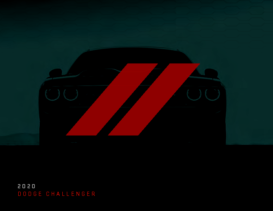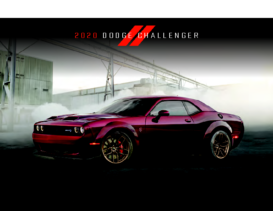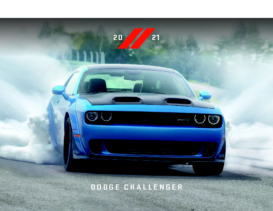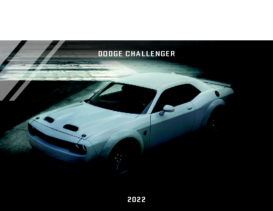Dodge Muscle
The History of the Dodge Charger and Challenger: A Legacy of Power
The Dodge Charger and Dodge Challenger are two of the most legendary names in American muscle car history, both embodying the raw power, style, and performance that defined an era. While both cars have evolved over the decades, their roots trace back to the golden age of muscle cars in the 1960s and 1970s.
Dodge Charger: Born for Performance
The Dodge Charger was first introduced in 1966 as a fastback coupe designed to compete with the rising popularity of muscle cars. It was marketed as a full-size, performance-oriented car that offered both style and power, featuring a sleek design and powerful V8 engines. The 1968 model, in particular, became iconic with its aggressive styling and a performance engine lineup that included the legendary 426 HEMI V8. The Charger rose to even greater fame in the 1970s with its role as the General Lee in the TV show The Dukes of Hazzard, further solidifying its place in pop culture.
After a few years of decline, the Charger was discontinued in 1987 but returned in 2006 as a modern full-size sedan. The new Charger retained much of its bold, muscular aesthetic, combining it with modern engineering, advanced technology, and a range of high-performance models, including the SRT Hellcat. Over the years, the Charger has continued to evolve, offering everything from family-friendly sedans to powerhouse models with 700+ horsepower engines, making it a versatile and enduring symbol of muscle car heritage.
Dodge Challenger: The Muscle Car Reborn
The Dodge Challenger was introduced in 1970 as Dodge’s response to the growing pony car market, aiming to compete with the Ford Mustang and Chevrolet Camaro. Its bold, muscular design and a range of powerful engines, including the HEMI V8, quickly earned the Challenger a place in muscle car history. The 1970s Challenger was a favorite for enthusiasts and drag racers, thanks to its wide stance, heavy horsepower, and speed.
However, like many muscle cars, the Challenger faced a downturn during the 1970s fuel crisis and was discontinued after 1974. The Challenger’s legacy, though, remained strong. In 2008, Dodge resurrected the Challenger with a modernized version that paid tribute to the classic 1970 design while offering updated performance and technology. This new Challenger featured a return to classic V8 engines and a more aggressive stance, reigniting the passion of muscle car fans. The high-performance SRT Hellcat and the limited-edition SRT Demon models, offering mind-blowing horsepower and speed, further cemented the Challenger’s place in the hearts of enthusiasts.
Legacy and Future
Today, both the Dodge Charger and Challenger remain icons of American performance. The Charger continues to offer a range of powerful engines, including the supercharged 6.2-liter V8 in the Hellcat models, while the Challenger delivers unmatched performance with options like the 797-horsepower SRT Hellcat Redeye.
As the world moves toward electric vehicles, Dodge has promised that the spirit of these classic muscle cars will live on through future innovations, ensuring that the Charger and Challenger’s legacy of power and performance will continue to captivate enthusiasts for years to come.
From their bold beginnings in the 1960s and 1970s to their modern-day revivals, the Dodge Charger and Challenger have secured their places in automotive history as symbols of American muscle.
For those interested in exploring the rich history and design evolution of these iconic vehicles, a brochure gallery is available for a deeper look into the legacy and features of the Charger and Challenger.
